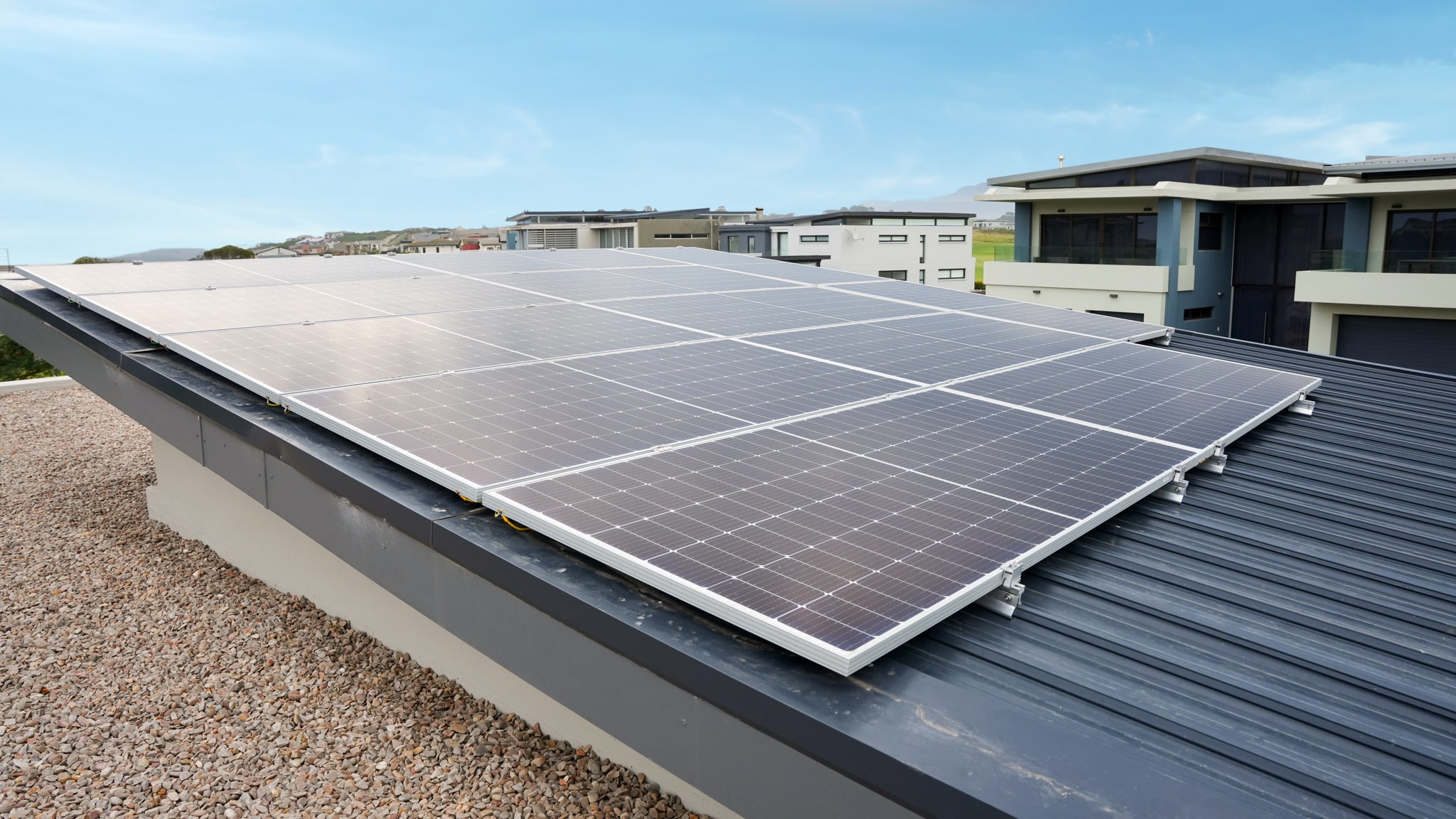Solar Energy is the power we harness from the sun. It’s a source that will provide energy for the next 5 billion years. Apart from playing a crucial part in keeping everyone alive, Solar power is your ticket to saving money.
South Africans face the difficult position of having a government that invests in nuclear power instead, which means we have to take the initiative. While electricity prices continue to rise and the reform to alternative energy will remain on the back burner, take it upon yourself to read our Solar Power guide and understand how it can save thousands of rands.
What is Solar Energy
The type of Solar Panel you use will determine how much power you get.
There are certain materials that capture heat better than others, and when this happens it’s referred to as the photovoltaic effect.
This also means Solar Panels are going to differ in materials, which ultimately dictates how effective they are.
The second step is converting that DC energy into an electrical current we can use in the home (AC). This is done through an inverter connected to the solar panel array.
You can store this energy using batteries. Or you can simply use the energy on demand, which doesn’t require battery storage.
As an interesting side-note, Solar Panels are also known as modules. Each panel is composed of solar cells and these cells are connected. They are protected by a protective glass and backing plate.
The panel as a whole usually comes in an aluminium frame. Different panels are going to have different features, such as temperature tolerance, efficiency and lifespan.
Monocrystalline or Polycrystalline
Understanding the “What is Solar Energy” question better requires an in-depth look.
The aim of our complete Solar Power Guide is to inform you of what you might possibly need to get the most out of your solar array. We start with the most popular choices in terms of panels, namely mono – and polycrystalline panels.
Monocrystalline panels have built up a good reputation for being more effective, especially when compared to other panels within the same range, such as polycrystalline.
However, the temperature tolerance of polycrystalline is higher and you can tell them apart by their color.
Monocrystalline panels are black and polycrystalline are dark blue. The main difference between the two is within the manufacturing process, where different approaches are used for the silicon cells.
Rear Contact Solar Cells
We’re going to dig a little deeper into the What is Solar Energy question with our complete Solar Power Guide.
Next up we have the variations of standard cells and how they make up the system within these panels. By placing the electrical contacts at the back is how the efficiency is given a great boost. When contact strips are placed at the front of the panel it restricts some of the light that reaches the surface of the cell.
You’ll find panels that use both front and rear contact cells, and you’ll need to decide which one works best for you.
However, this isn’t a factor you should be stressing about. With online Solar Panel stores, your focus is going to be on the quality of the panel overall, in addition to the energy you stand to receive.
Don’t stress too much about the contact points. It’s just good to know how everything works because it helps to make more informed decisions.
Thin Film
Thin film panels are also called CIS panels. This bendable alternative can be seen in many practical items. In fact, CIS panels are used for camping innovations such as the solar charging backpack.
Thanks to the flexibility, durability and growing efficiency levels, they are incredibly versatile. Strangely enough, these collectors hold a relatively small market share. There is a stigma that they aren’t as efficient as mono-and polycrystalline panels, which would be accurate a few years back.
Recent testing at a Sinetech facility has effectively killed any speculation that CIS is inferior. On the contrary, the thin film panels out-performed the competition (mono and polycrystalline) by 12.5%.
Now that you know what to expect you can start fighting against electrical price hikes.
Next in the What is Solar Energy – A Complete Solar Power Guide is all about the basic components of a solar power system, there are many parts in which to understand when buying a kit or individually.

Good day. I would like to start collecting solar panels exc to put a system in place that takes me off the grid eventually. I do not have the funds to buy everything at once, thats why I want to start collecting all components. What do you suggest is a good starting point to start saving electricity. My budget allows for about R15000 to start with
Hi, I would suggest working out what size system you need and purchase the inverter first. Hope that helps!
FOR a 5 kva inverter how many solar panels would i need
Hi, it really does depend on which inverter, to see this you can either refer to the data sheet or the product page itself, it will be under “Maximum PV Array Power” or similar.
Depending on the wattage of the panels the max would be 4500 watts, if the panels were 330 watt then you would have 12 (330 x 12 = 3960). You would tend to even out the number in each string, 6 and 6.